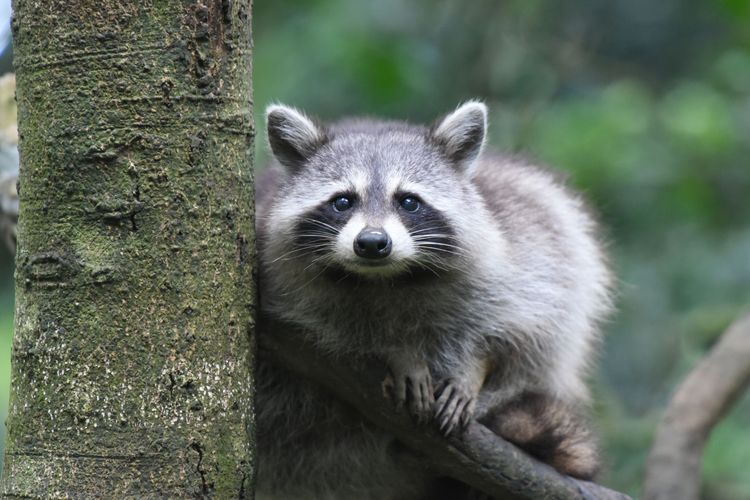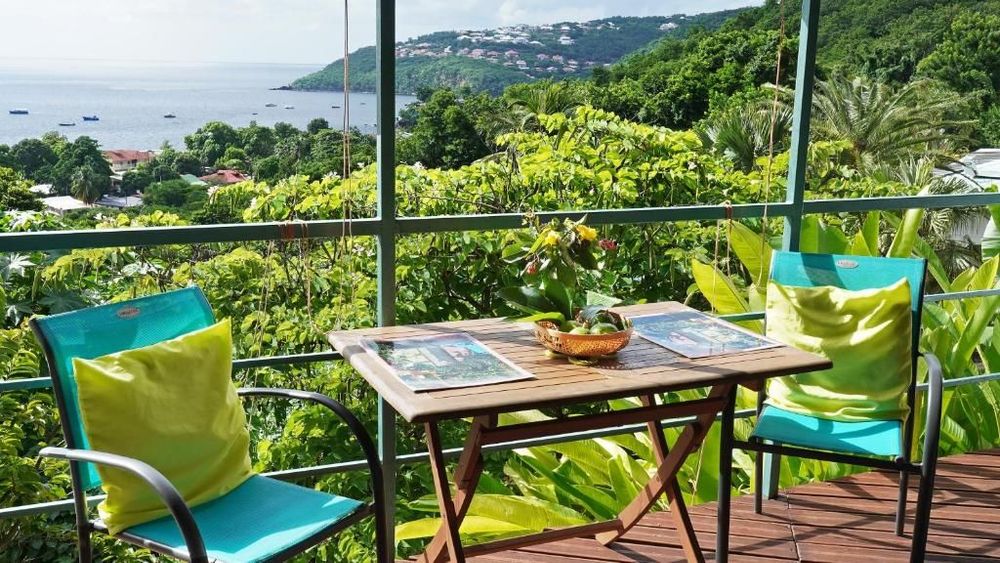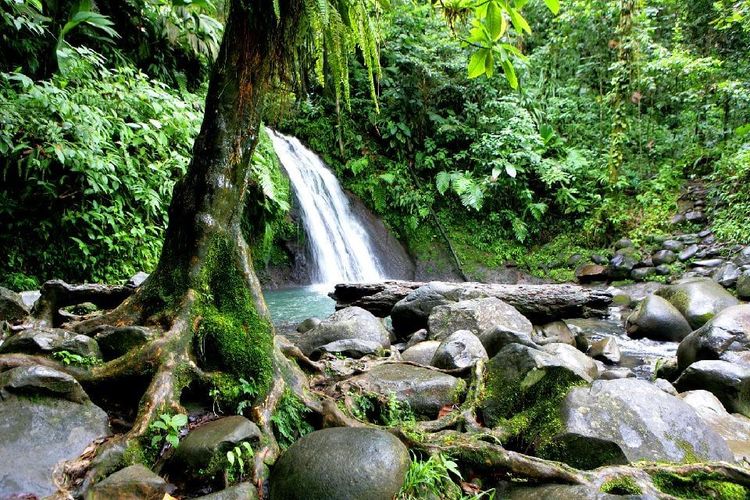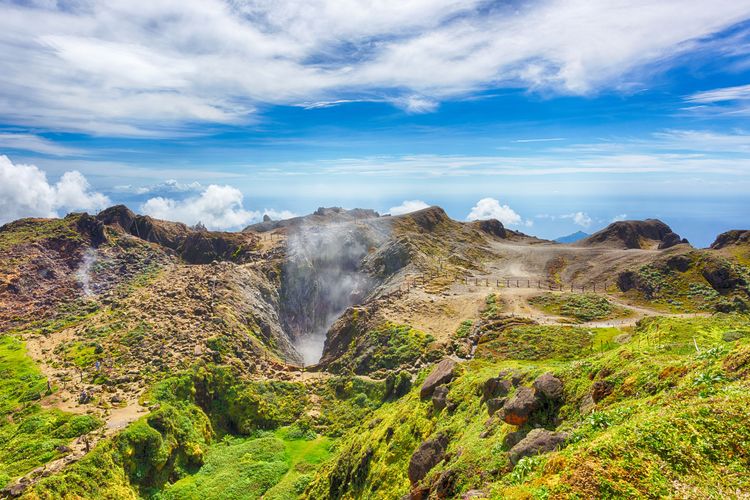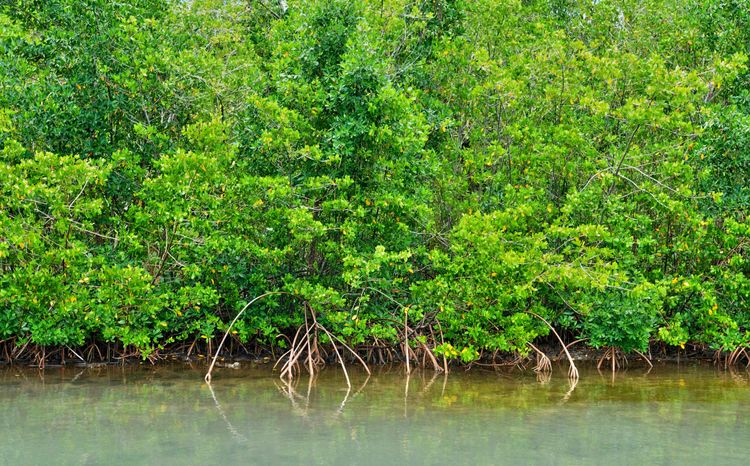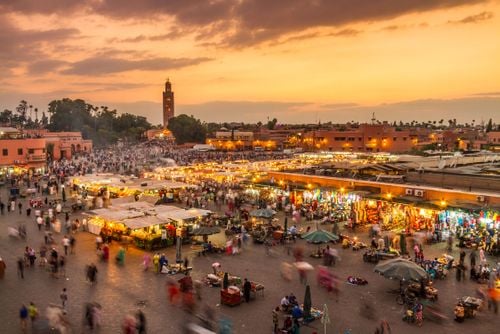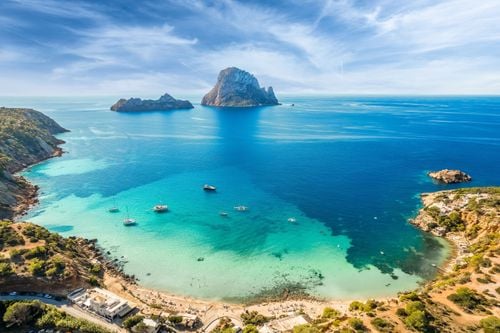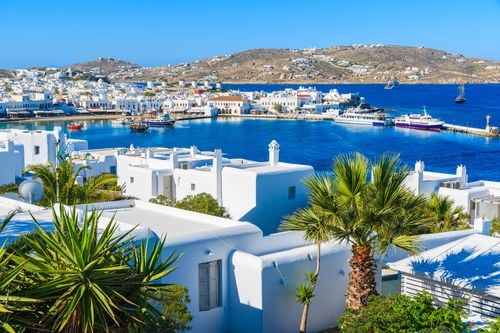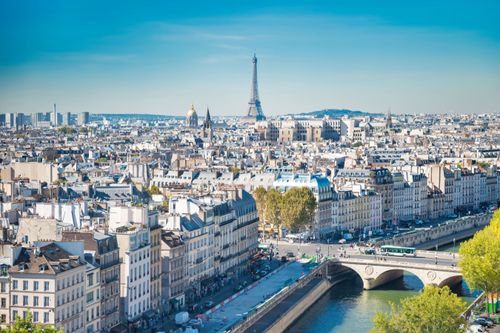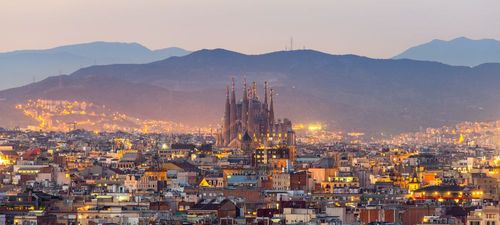Proud of its remarkable natural heritage, and driven by the desire to preserve the tropical forest and seabed of Basse-Terre, the Conseil Général de la Guadeloupe has been highlighting its territory since the 1970s.
Known at the time as the "Guadeloupe Nature Park", this protected area joined the ranks of French national parks in February 1989, becoming the first national park in overseas France. It wasn't until 1987 that the Grand Cul-de-sac marin nature reserve was created, adding to the richness of the Guadeloupe National Park.
Combining a terrestrial zone with a large marine area, this Caribbean park is now renowned the world over for its remarkable biodiversity. To preserve this exceptional flora and fauna, the Park's research teams and staff take daily action to protect the environment, while at the same time welcoming the public.

